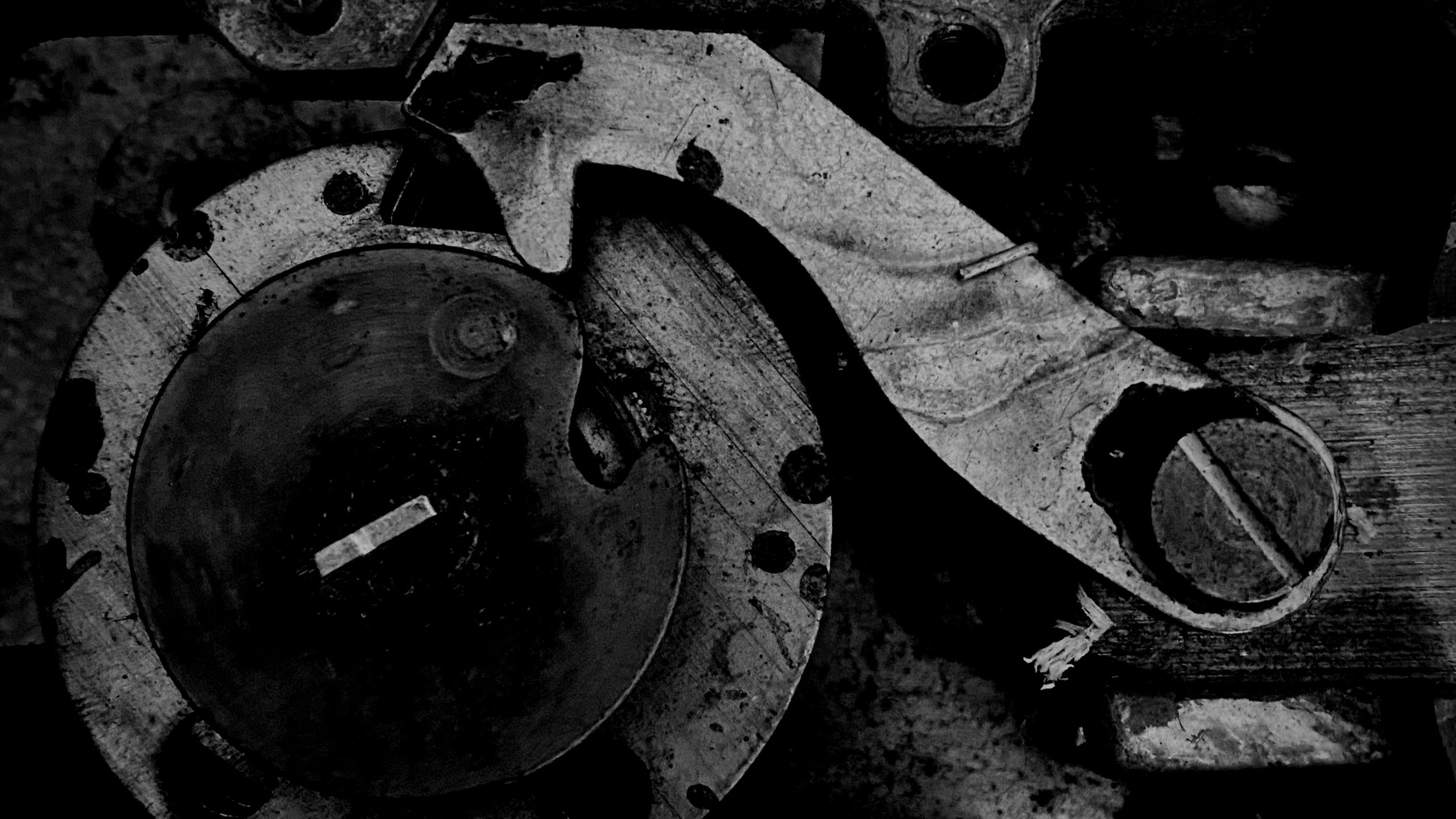S&G VS Amsec
Mechanical vs. Digital: Why S&G Safe Dials Still Reign Supreme
In the security world, the debate between mechanical dial locks and electronic safe locks is ongoing. At first glance, digital locks like those from AMSEC (American Security) seem like a no-brainer for convenience. A quick keypad press, a simple code, and you’re in. But when it comes to long-term reliability, environmental resistance, and failure risk, many professionals and serious safe owners still lean toward the Sargent & Greenleaf (S&G) mechanical dial—and for good reason.
The Achilles Heel of Electronics
Let’s talk about what can go wrong with a digital dial.
Battery Failure: Every electronic lock is only as good as its battery. Forget to replace it, and you're locked out. Sure, many digital locks have external battery terminals, but when you're in a rush, the last thing you want to do is troubleshoot a lock that just won’t open.
Electronic Failure: Even high-quality electronic locks are not immune to circuit board issues. A power surge, a manufacturing defect, or age-related degradation can all render a digital lock useless. When electronics fail, you're often facing a costly service call or even safe drilling to regain access.
Water Intrusion: Water and electronics don’t mix. Whether it’s humidity, condensation, or an accidental spill, moisture can cause shorts or corrosion inside a digital keypad. Mechanical dials, on the other hand, don’t have exposed electronics—making them far more resistant to environmental hazards.
Why Mechanical Still Wins
S&G’s mechanical dial locks are built to last decades, not years.
No Batteries. No Wiring. No Problem. A mechanical dial doesn’t rely on a power source, so it always works. There’s something comforting about knowing your access is never dependent on a 9V battery or internal circuitry.
Battle-Tested Reliability: S&G’s wheel pack design has stood the test of time—literally. With proper installation and occasional servicing, a mechanical dial can remain functional for 50+ years without any significant issues.
Resistant to Environmental Damage: Dust, moisture, and extreme temperatures won’t stop a mechanical dial. They're ideal for safes in garages, cabins, basements, or anywhere that isn’t climate controlled.
Tamper Resistance: While both mechanical and digital locks can be vulnerable to sophisticated attacks, a mechanical dial gives nothing away. There’s no beeping, no code entry to observe, and no lockout timer to manipulate. It's quiet, discreet, and secure.
When Convenience Meets Risk
Digital locks absolutely have a place. For businesses accessing safes multiple times a day, or for those who need features like audit trails, multiple user codes, or quick access, AMSEC digital locks are a strong contender. But they come with risk—and when that risk hits, it can be expensive and inconvenient.
For homeowners or anyone who prizes simplicity, longevity, and peace of mind, the S&G mechanical dial still stands as the most trustworthy method of safe access.
Conclusion:
If you're choosing between digital convenience and mechanical dependability, consider what matters most: short-term ease or long-term reliability. The S&G mechanical dial may not be flashy, but it’s dependable, durable, and immune to the pitfalls that plague electronic systems. Sometimes, the old ways really are the best ways.




